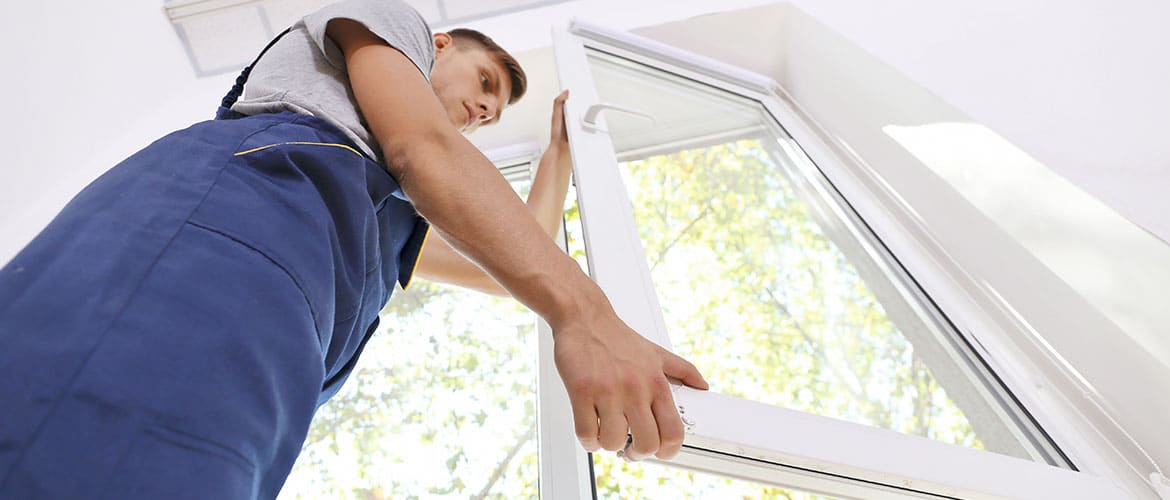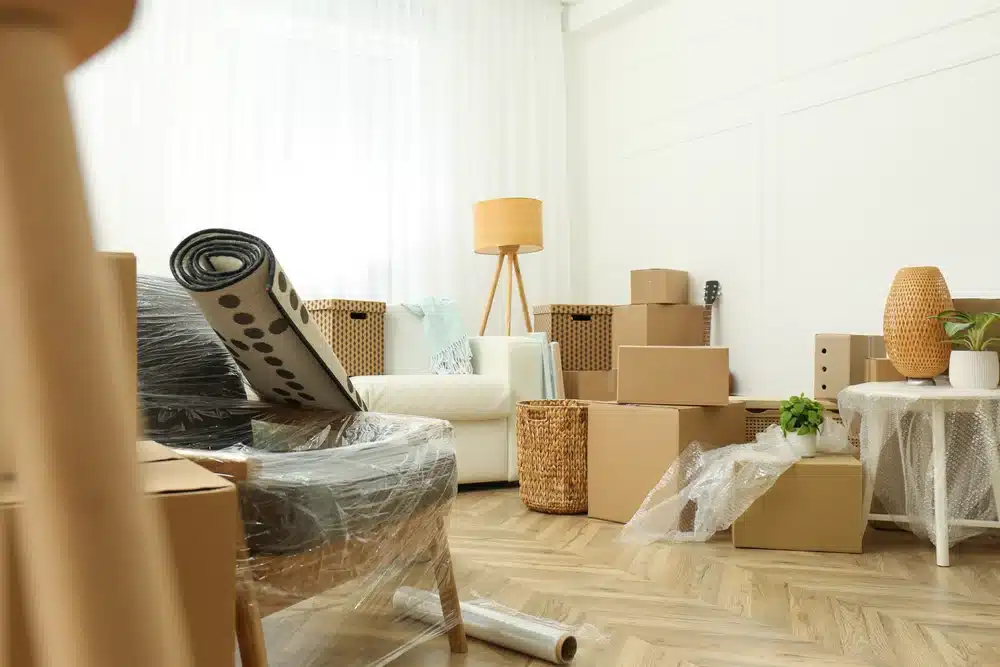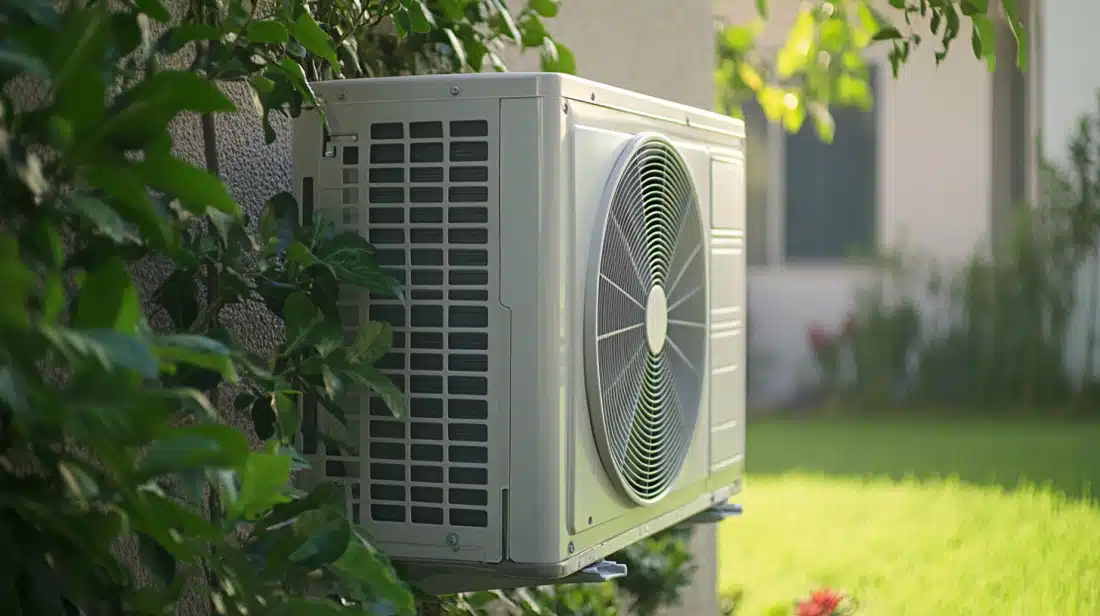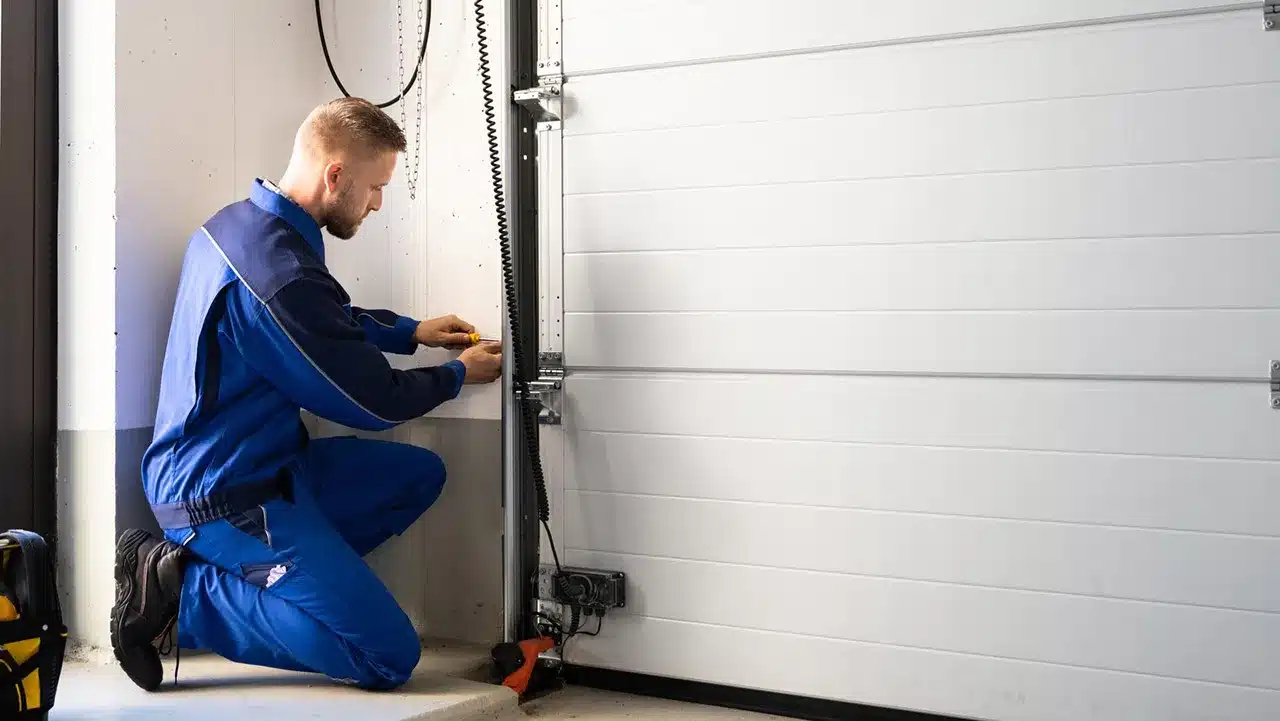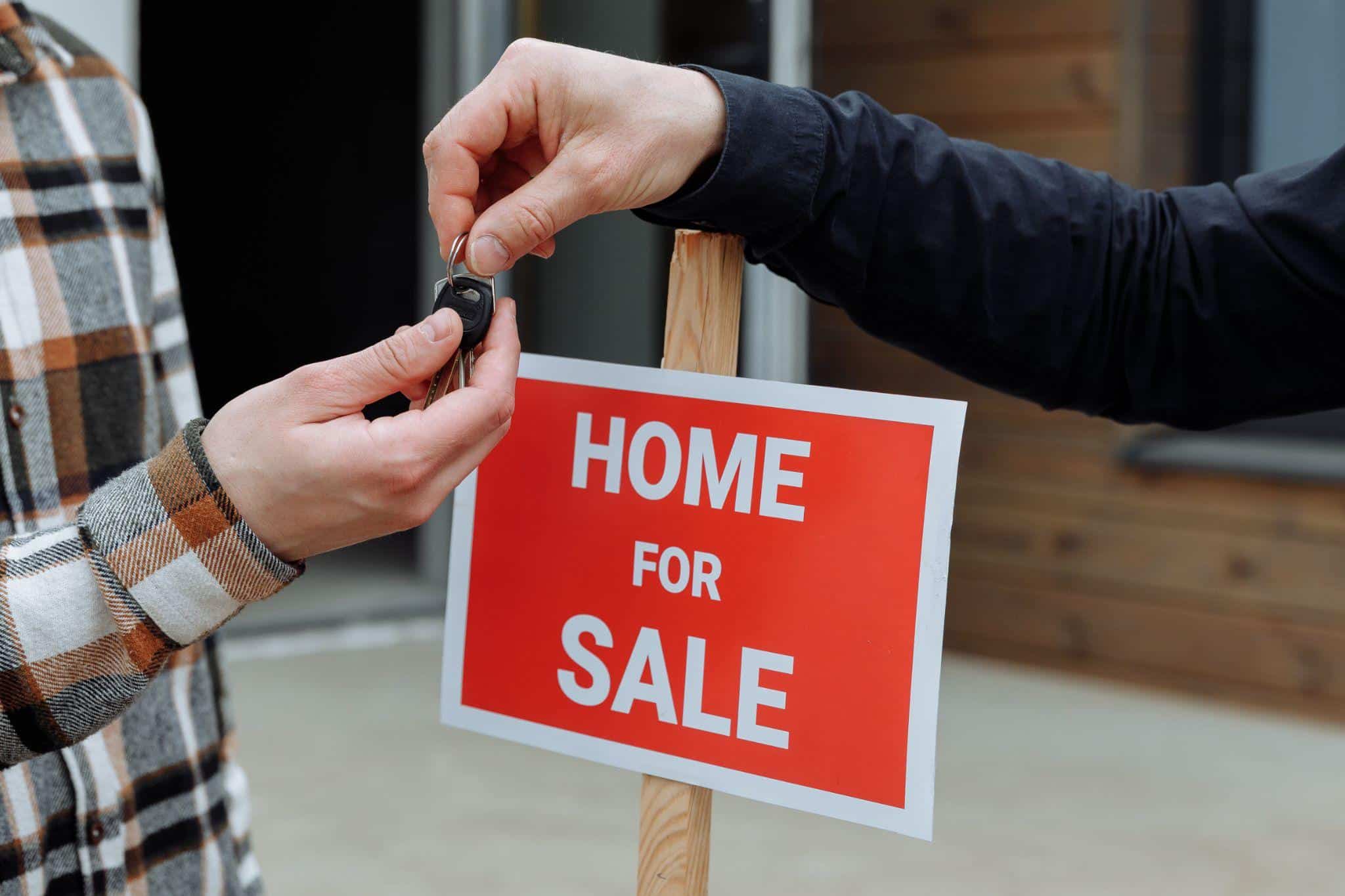Troubleshooting Common Challenges in Glass Installation
Glass installation is a sophisticated process that combines the art of design with the precision of engineering. Whether for residential windows, commercial facades, or bespoke interior features, the finished installation’s clarity, durability, and aesthetic appeal hinge on meticulous attention to detail at every step.
However, even the most expertly planned glass installation can encounter challenges. From handling fragile material to ensuring a perfect fit within unique architectural frameworks, professionals often need to troubleshoot issues on the fly. This blog explores common challenges encountered during glass installation and offers solutions to ensure a smooth, flawless finish.
Understanding the Material
 Glass is a unique material that demands respect and understanding. Its combination of fragility and strength presents the first challenge in glass installation.
Glass is a unique material that demands respect and understanding. Its combination of fragility and strength presents the first challenge in glass installation.
Proper handling and transportation are key to overcoming this. Glass should be moved by trained professionals using the right equipment to prevent stress fractures and breakage. Additionally, considering the type of glass for the project is crucial.
Tempered glass, for instance, offers greater strength and safety for areas prone to high wind or potential impact.
Accurate Measurement and Fit
The most critical aspect of glass installation is ensuring accurate measurements. Even the slightest miscalculation can lead to gaps, leaks, or the need for costly adjustments.
Using laser measurement tools can enhance accuracy, providing a precise fit that accounts for even the minutest architectural nuances.
Furthermore, it’s essential to consider the expansion and contraction of materials due to temperature changes, especially in exterior installations. Providing adequate space for this movement is essential to prevent cracking or buckling.
Dealing with Structural Challenges
Every building or space has its own structural challenges, from uneven surfaces to unconventional designs. These challenges require a custom approach to glass installation.
One solution is the use of adjustable framing systems that can accommodate irregularities in wall or floor surfaces.
For designs that push the boundaries of conventional glass applications, consulting with structural engineers can ensure that the glass installation is beautiful but safe and compliant with building codes.
Ensuring Weatherproofing and Insulation
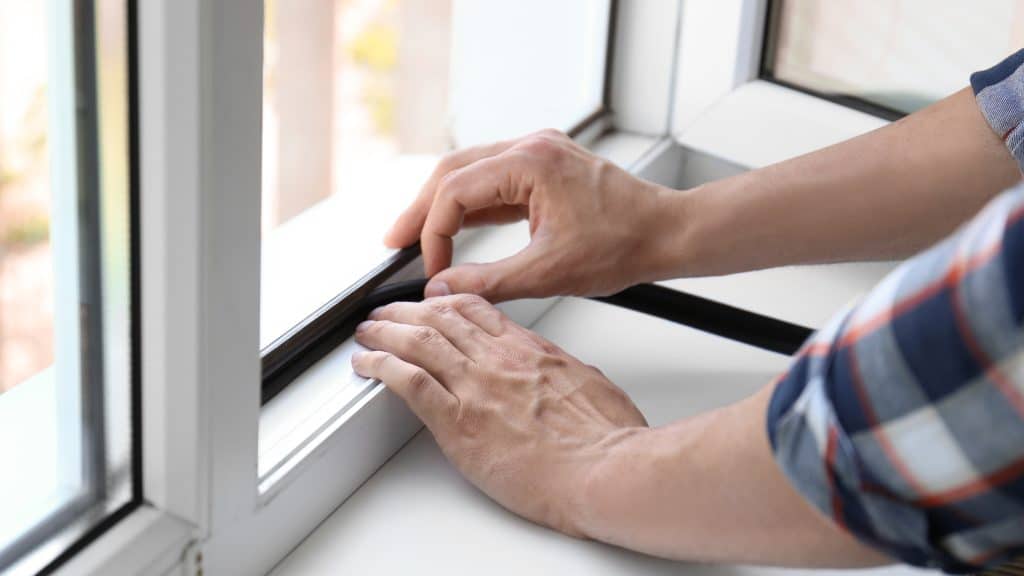 Glass installations, especially in exterior applications, must withstand the elements while maintaining indoor comfort.
Glass installations, especially in exterior applications, must withstand the elements while maintaining indoor comfort.
Poorly installed glass can lead to water leaks, drafts, and energy loss. Professionals must ensure proper sealing and insulation around the glass to troubleshoot these issues.
Using high-quality sealants and considering thermal breaks in the framing are critical steps in creating a weather-tight installation with excellent thermal insulation.
Aesthetic Consistency
Achieving aesthetic consistency, particularly in large or complex installations, can be challenging. Variations in glass color, transparency, or reflectivity can detract from the project’s overall look. To avoid such inconsistencies, it’s vital to source glass from the same batch or manufacturer and to communicate the aesthetic requirements from the outset.
Additionally, paying close attention to the framing and hardware can ensure that these elements complement the glass and contribute to a cohesive design.
Safety and Compliance
Safety should always be a top priority in glass installation. This includes the safety of the installation team and the building’s occupants.
Ensuring that the glass meets the required safety standards and is appropriate for its intended use is paramount. This might mean opting for laminated glass in areas where breakage could pose a risk or ensuring that the installation complies with local building codes and regulations related to safety and accessibility.
Collaboration and Communication
 Finally, effective troubleshooting in glass installation often comes down to collaboration and communication among all parties involved.
Finally, effective troubleshooting in glass installation often comes down to collaboration and communication among all parties involved.
From architects and designers to installation technicians and clients, keeping lines of communication open can preempt many challenges.
Regular meetings and updates can help catch potential issues early, allowing for adjustments before they become significant problems.
Conclusion
Troubleshooting common challenges in glass installation requires technical expertise, careful planning, and clear communication. Professionals can navigate the complexities of glass installation by understanding the material, ensuring accurate measurements, addressing structural challenges, guaranteeing weatherproofing and insulation, maintaining aesthetic consistency, prioritizing safety, and fostering collaboration.
This results in stunning, durable installations and satisfied clients who can enjoy the beauty and benefits of their glass features for years to come.

